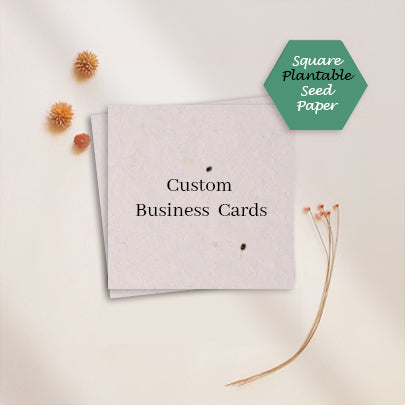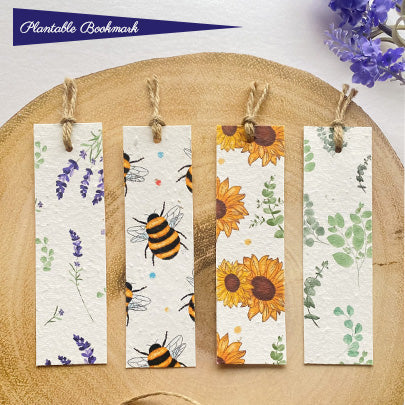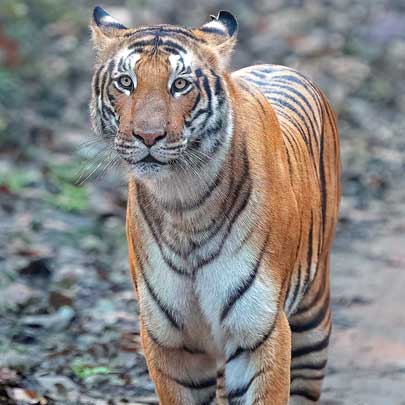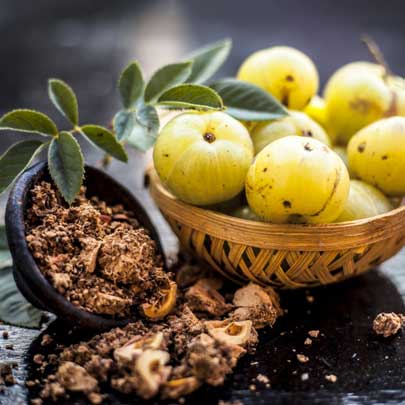Biodiversity Hotspots: Flora And Fauna Of Madhya Pradesh's National Parks
Madhya Pradesh, often referred to as the "Heart of India," is renowned for its rich biodiversity and is home to several national parks that serve as biodiversity hotspots. Let's explore the flora and fauna of some of Madhya Pradesh's prominent national parks:
- Flora: Kanha is characterized by dense sal and bamboo forests interspersed with vast grasslands and meadows. Other prominent tree species include teak, saalai, tendu and mahua. The park is also known for its medicinal plants and shrubs.
- Fauna: Kanha is famous for its population of Bengal tigers, which are the dominant predators in the park. Other notable species include Indian leopards, Indian wild dogs, sloth bears and barasingha (hard-ground swamp deer). It is also a haven for birdwatchers, with over 300 bird species recorded.

- Flora: Bandhavgarh is characterized by mixed deciduous forests, comprising predominantly sal and bamboo, along with dhok, mahua and saja trees. The park also features grasslands and water bodies.
- Fauna: Bandhavgarh boasts a high density of Bengal tigers and is renowned for its frequent tiger sightings. Other wildlife includes leopards, Indian bison (gaur), sambar deer, spotted deer and various bird species.

- Flora: Panna is situated in the Vindhyan mountain range and features diverse vegetation, including dry deciduous forests, mixed forests, and grasslands. Key tree species include teak, tendu and khair.
- Fauna: Panna is known for its tiger population and is also home to leopards, sloth bears, sambar deer, chital and nilgai. The park gained international attention for its successful reintroduction of tigers after facing local extinction.

4. Pench National Park:
- Flora: Pench is characterized by southern tropical dry deciduous forests, with teak, saja, salai, and tendu being the dominant tree species. The park's landscape features teak-dominated forests interspersed with meadows and riverine habitats.
- Fauna: Pench is renowned for its diverse wildlife, including tigers, leopards, Indian wild dogs, sloth bears and Indian bison. The park's water bodies support a variety of bird species, making it a popular destination for birdwatching.

5. Satpura National Park:
- Flora: Satpura is characterized by a variety of habitats, including moist deciduous forests, dry deciduous forests, and grasslands. The park's vegetation includes teak, sal, bamboo and various medicinal plants.

- Fauna: Satpura is home to a wide range of wildlife, including tigers, leopards, Indian bison, sambar deer, chital and Indian giant squirrels. The park also offers opportunities for boat safaris and walking safaris, allowing visitors to explore its diverse ecosystems.

Madhya Pradesh's national parks are not only biodiversity hotspots but also vital habitats for several endangered and threatened species. Through conservation efforts and responsible tourism practices, these parks play a crucial role in preserving India's natural heritage for future generations.












































































